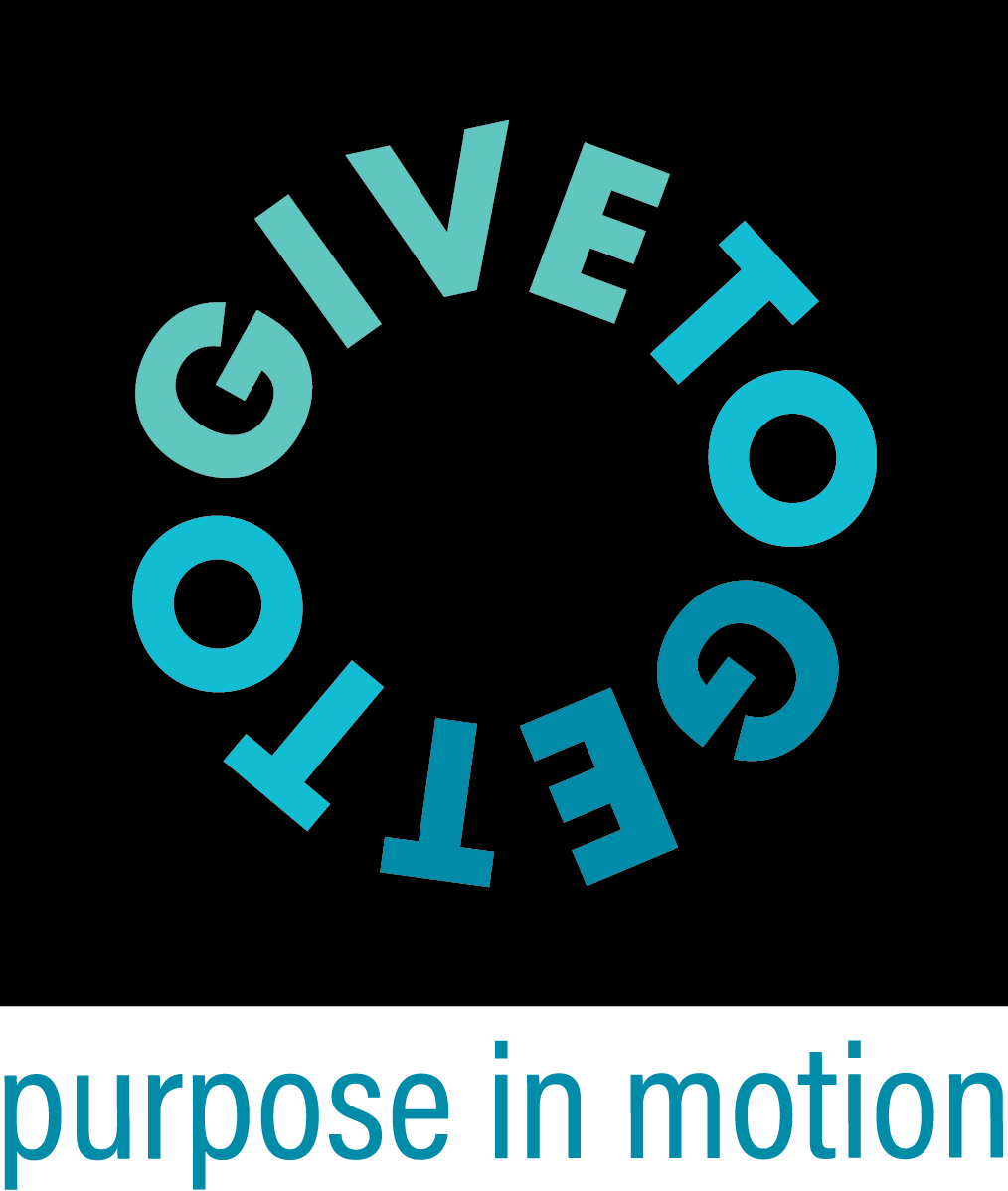How to Give Back During the COVID-19 Pandemic
With individuals’ lives upended for the foreseeable future, it’s easy to feel overwhelmed by the many things that are outside our control.
At Give To Get, we’re all doing our part by practicing social distancing, including working from home, and we encourage others to do the same as well. That said, there are still ways to assist those in need, especially if your workload has decreased a bit.
If you feel comfortable interacting with others, consider the following options:
Deliver Meals to Seniors. By purchasing groceries for seniors or delivering meals, these individuals will be able to avoid being in public spaces where they are most likely to be exposed to the virus. Seniors, who are the most vulnerable to the disease have been asked to stay home by the CDC and, in many cases, local governments.
Look for Ways to Help with Food Distribution to Students. Many students receive free and reduced-priced lunches at schools that now have to be distributed in other ways. In Los Angeles, the second-biggest school district in the country, 160 volunteers are needed daily to distribute meals to children affected by school closures.
Donate Blood. Per a recent article in Time Magazine, blood donations have decreased significantly this year. It’s estimated that since the first cases of COVID-19 were reported, more than 1,500 American Red Cross blood drives have been canceled, which equals about 46,000 donations. View the American Red Cross website to find a blood drive near you.
If you’d prefer to stay home, consider the following options:
Donate to a Shelter or Food Bank. Consider a monetary donation to assist these organizations. By choosing to give money, organizations can purchase the items that they need most. It’s expected that food banks will be hard hit as service workers are seeing their incomes dry up.
Check on your Neighbors or Co-Workers. People do not always live near close friends or family members. If you have a neighbor who usually walks a dog at the same time every day, and you don’t see her, send a text. She may be sick or not feel comfortable going outside. In either instance, you can help. If you discover that a co-worker who lives alone has been noticeably absent from Slack, check in. They may be having a hard time coping with the recent events and to talk.
Complete Virtual Volunteering. Virtual volunteering is usually skills based. For recent college graduates, it may be a way to get some experience in your chosen field if you don’t have a full-time position immediately after graduation. It’s also flexible. There are no set hours and usually no training involved (you will have to set up an account), but once you have an account set up, you can volunteer whenever you’d like!
Some of our favorite organizations that have these types of opportunities are listed below:
The United Nations allows virtual volunteers to choose between activities like translation, outreach & advocacy, art & design, and many more. The organization estimates that there are 12,000 virtual volunteers per year from 187 countries.
CatchAFire.org currently has more than 300 U.S.-based opportunities from a one-hour phone call to consult on nonprofits’ organizational or marketing strategies to short-term programs that last a few weeks.
Many children’s hospitals allow individuals to make virtual cards for children who are receiving treatment for life-threatening illnesses. Volunteers select the card and write a personal note. Staffers then print the cards and deliver them to the children. Here’s a way to get involved at Children’s Hospital of Colorado.
For those who would like to assist a blind or low-vision person, there’s Be My Eyes. Sighted volunteers download an app to assist with tasks like checking food expiration dates, selecting clothing when shopping, and more. When they need assistance, blind or low-vision individuals will open the app to be connected to a volunteer who can walk them through everyday tasks using the blind or low-vision person’s phone camera. To date, more than 3.6 million volunteers have worked with blind and low-vision individuals in more than 150 countries (using 180+ languages!).
Multi-lingual volunteers can also participate in Translators Without Borders. Individuals can translate medical texts, crisis response, and other projects. Professional translators are especially encouraged to apply. At present, TWB is helping the World Health Organization and others to limit the effects of today’s pandemic.
Volunteers who would like to assist skilled immigrants can volunteer with Upwardly Global, based in the Bay Area. Volunteers are able to conduct mock interview with job seekers, provide resume critiques, and more depending on their skillset.

